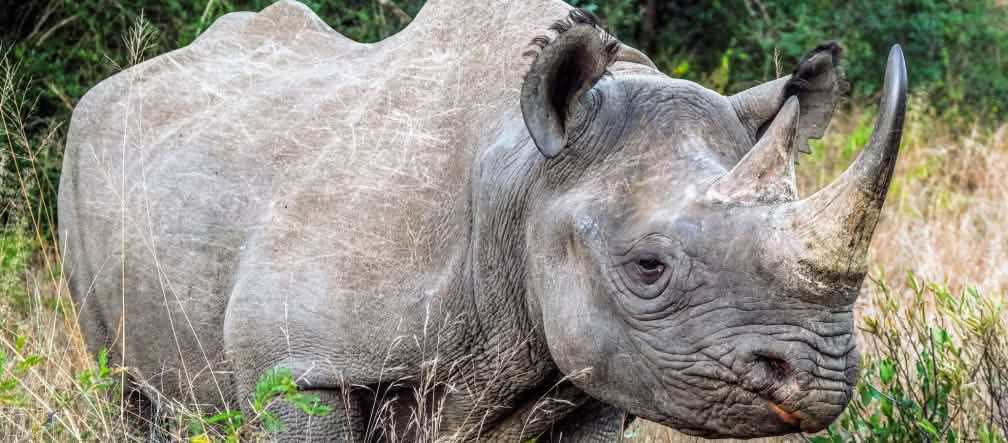
Completed campaign
Tell China that rhino horn isn't medicine!
China is lifting the ban on rhino horn and tiger bone: the government wants to permit their use in traditional Chinese medicine, even though they have no therapeutic value whatsoever. With a legal market, China is creating a huge opening for poached animal parts. This move could be a death sentence for the last rhinos.
To: The government of the People’s Republic of China
“China must maintain its ban on trade in rhino horn and tiger bone to prevent the extinction of these endangered species.”25 years ago, China banned trade in rhino horn and tiger parts. The products were removed from the pharmacopoeia of traditional Chinese medicine – not only in response to massive poaching, but also for their lack of medical value.
The Chinese government now wants to reauthorize trade for “medical research or healing”. Yet there is no scientific evidence that the animal parts have any therapeutic value for humans: rhino horn is made of keratin, the exact same material as our hair and fingernails.
While the announcement only applies to animals bred in captivity, this will inevitably stimulate demand and the trafficking of such products. Experience with ivory has shown that the legal trade provides ample opportunities for traffickers to launder their poached animal parts. The ruling also permits trade in “antique” tiger and rhino products for private use.
Lifting the trade ban sends a terrible signal to poachers and the organized criminals behind the trafficking of endangered species. The only way to stop the billion-dollar business of wildlife trafficking is to curb demand with a complete, unconditional ban – no exceptions, no loopholes. Legalizing the trade is a serious blow to worldwide efforts to protect these endangered species and could lead to their extinction. Rhinos in particular are hanging on by a thread.
Please tell the Chinese government to reconsider this disastrous move and maintain its trade ban.
The black rhinoceros is listed as critically endangered, the final stage before extinction. The Western black rhinoceros, a subspecies of the black rhinoceros, was listed as extinct in 2011.
The tiger and its various subspecies are also endangered. Worldwide, there are only between 2,150 and 3,150 tigers in the wild, and their numbers are decreasing.
To: The government of the People’s Republic of China
Ladies and Gentlemen,
We are dismayed to learn that the Chinese government is lifting the ban on rhino horn and tiger bone for “medical and research” purposes. There is no scientific evidence for the therapeutic value of either of these animal products.
This decision sends a terrible signal to poachers and is a serious blow to worldwide efforts to protect rhinos and tigers. As the ivory trade has shown, it is virtually impossible to distinguish between legal and illegal animal products, and reopening the market could ultimately lead to the extinction of these endangered species.
We respectfully call on you to keep the trade ban in place.
Yours faithfully,

